On May 23, 1934, Constables Gisbourne and Carr were called out to investigate a stabbing at the Canford Indian Reserve in Merritt. The next day, Gisbourne’s Model B Ford was found crashed into a tree and the policemen had vanished
When I was writing Blood, Sweat, and Fear: The Story of Inspector Vance, I experienced the researcher’s equivalent of winning the lottery, when I found seven boxes of files that were thought to have been destroyed when he retired in 1947. There were Inquests, newspaper clippings, autopsy reports, crime scene photos. Even his diary. And there was a huge amount of information on a case that Vance worked on in Merritt, BC in 1934. The full story is in my book or listen to the Podcast.
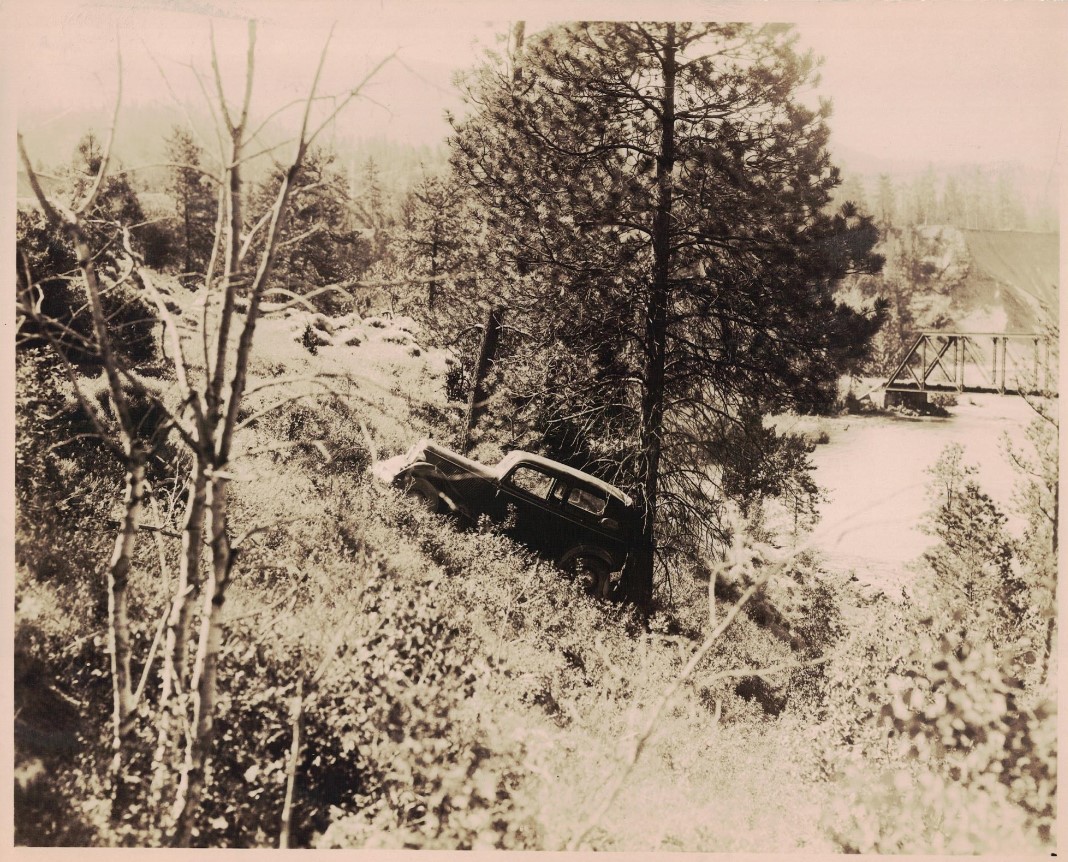
Stabbing:
On May 23, 1934 Constables Frank Gisbourne and Perry Carr of the Provincial Police were called out to investigate a stabbing at the Canford Indian Reserve. The next day, Gisbourne’s Model B Ford was found crashed into a tree with a splintered windshield. There was a large pool of blood on the running board and a brown shoe and a pair of handcuffs lay in the blood in the back seat. The two policemen had disappeared.
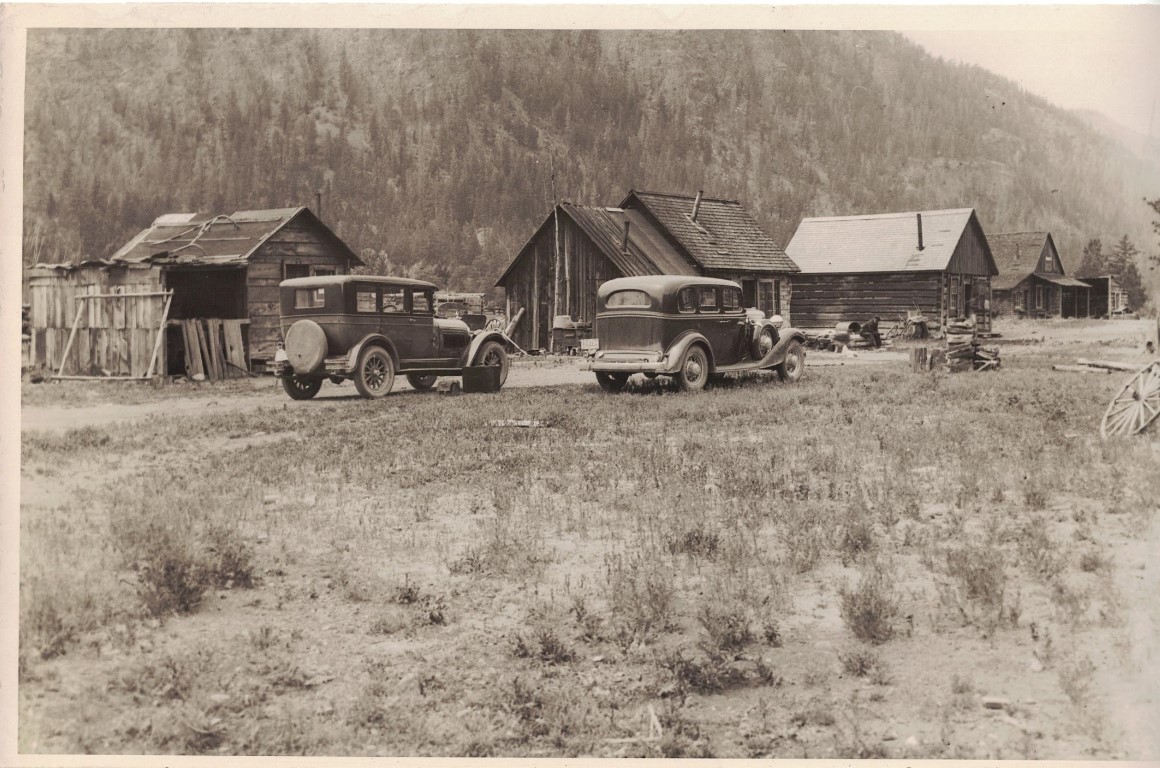
Forensics:
Sgt. Roger Peachey, the fingerprint expert with the Provincial Police and the VPD’s Inspector Vance were called in to investigate the crime scene. While the two men undertook a forensic examination of the area where the car had crashed, other officers were called in from all over the district to search for the missing policemen. They surrounded several of the buildings at what the Nooaitch called Rancherie, and they could see where the car had left wild and zig zagged tracks in the dirt before travelling a short way along the Merritt-Spence’s Bridge Highway and careening over the bank.
Crime Scene:
Searchers found a piece of human scalp with matted hair still attached lying in a pool of blood near the Reserve gate. They found a wooden club that was covered in blood and hair and a railway tie covered with spots that also looked like blood. They also found two police-issue flashlights and a stained axe.
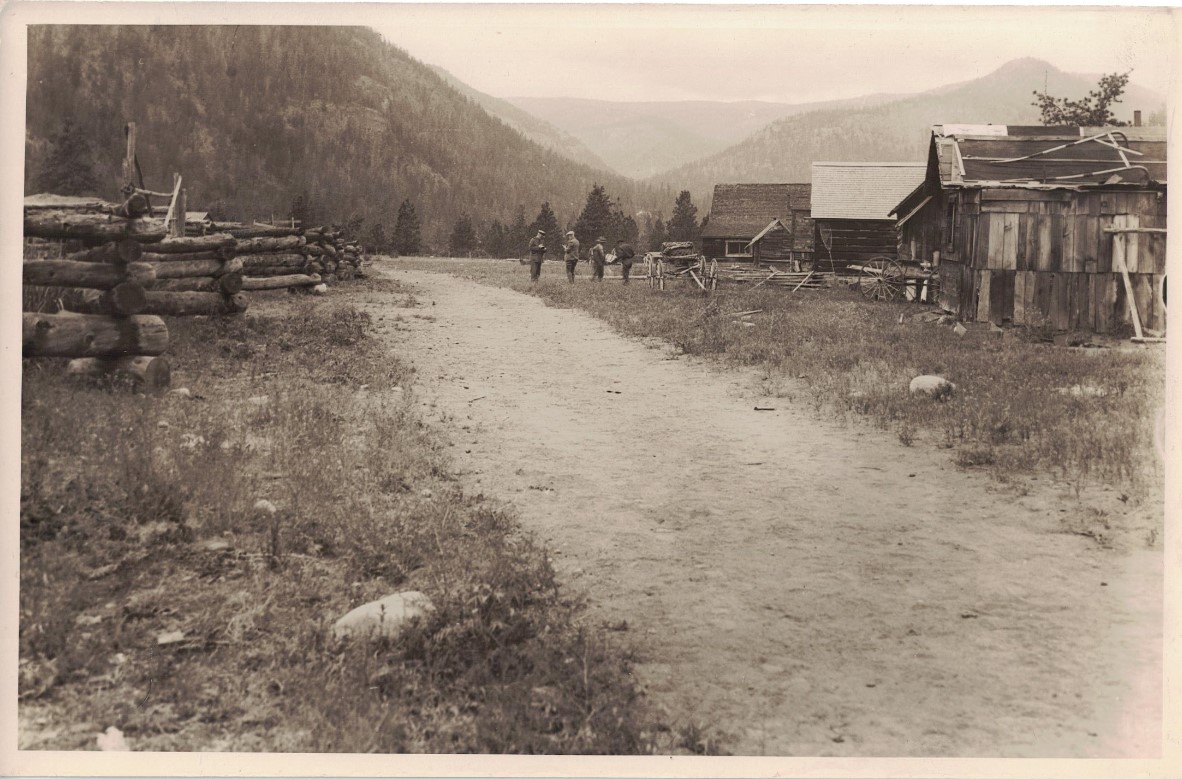
Eneas George was found in one of the buildings and arrested for stabbing his wife. His brother Richardson was taken in for questioning. Youngest brother, 21-year-old Alex had disappeared. The fourth brother Joseph was taken to the hospital with a serious concussion.
Reward for recovery of bodies:
The government offered a $500 reward for the recovery of the bodies of the policemen. Gisbourne was found floating in the water about three kilometres below the Reserve. His head had been battered almost beyond recognition, and he was missing a shoe. Carr’s body wasn’t recovered until several weeks later.
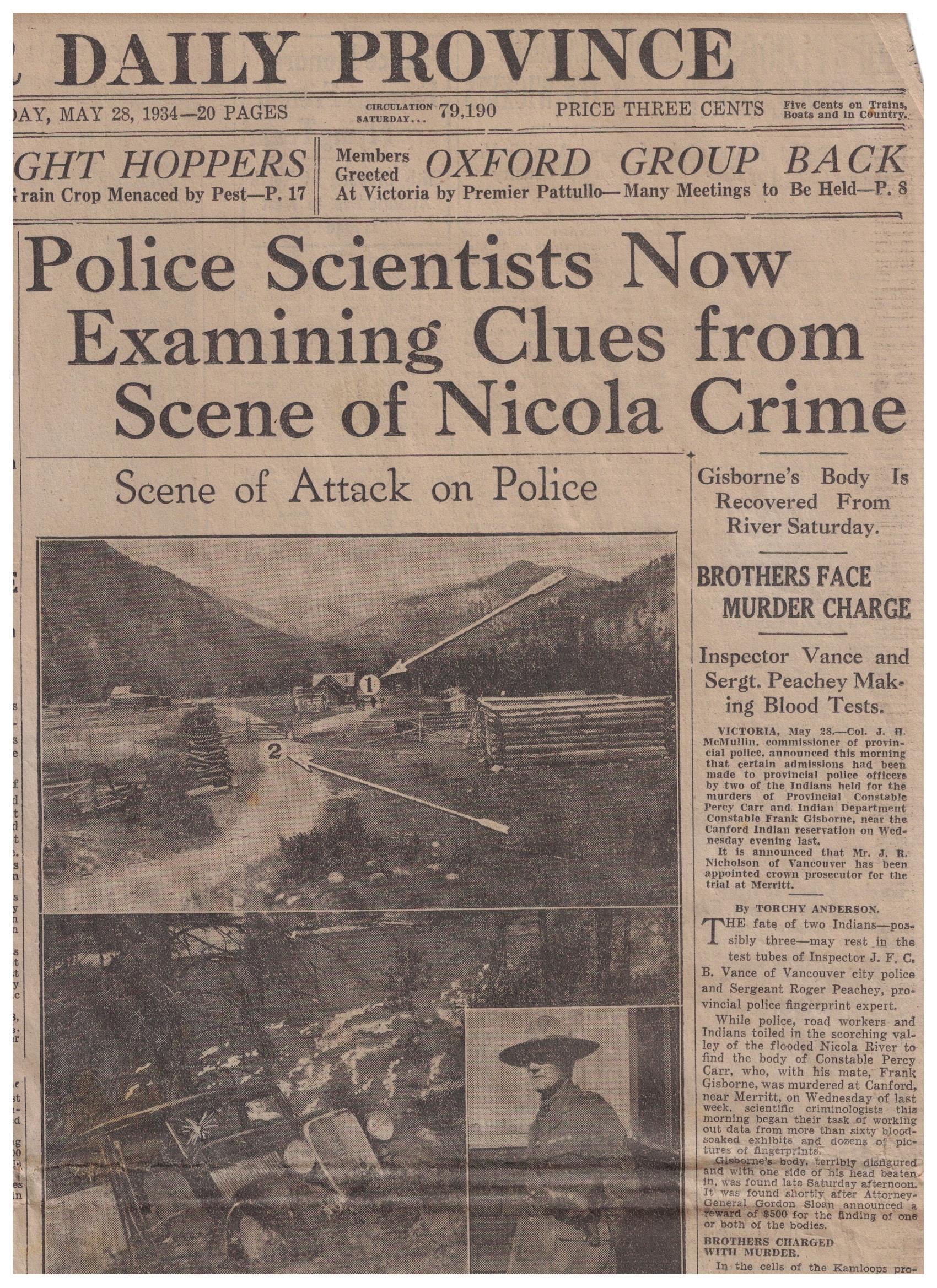
Alex stayed on the run for two days before turning himself into police. He showed police where they had hidden the bloody clothes they had worn on the night of the murder, a pocket book with Gisbourne’s name in it, a key ring and a police baton. Everything was sent to Vance at his lab in Vancouver.
Alex, Eneas, and Richardson George were charged with murder. While Attorney General Gordon Sloan prosecuted the case, the defense team was formidable, comprising veteran criminal defense lawyer Stuart Henderson and Merritt-born Henry Castillou, who was one of the first lawyers in BC to work on aboriginal rights.
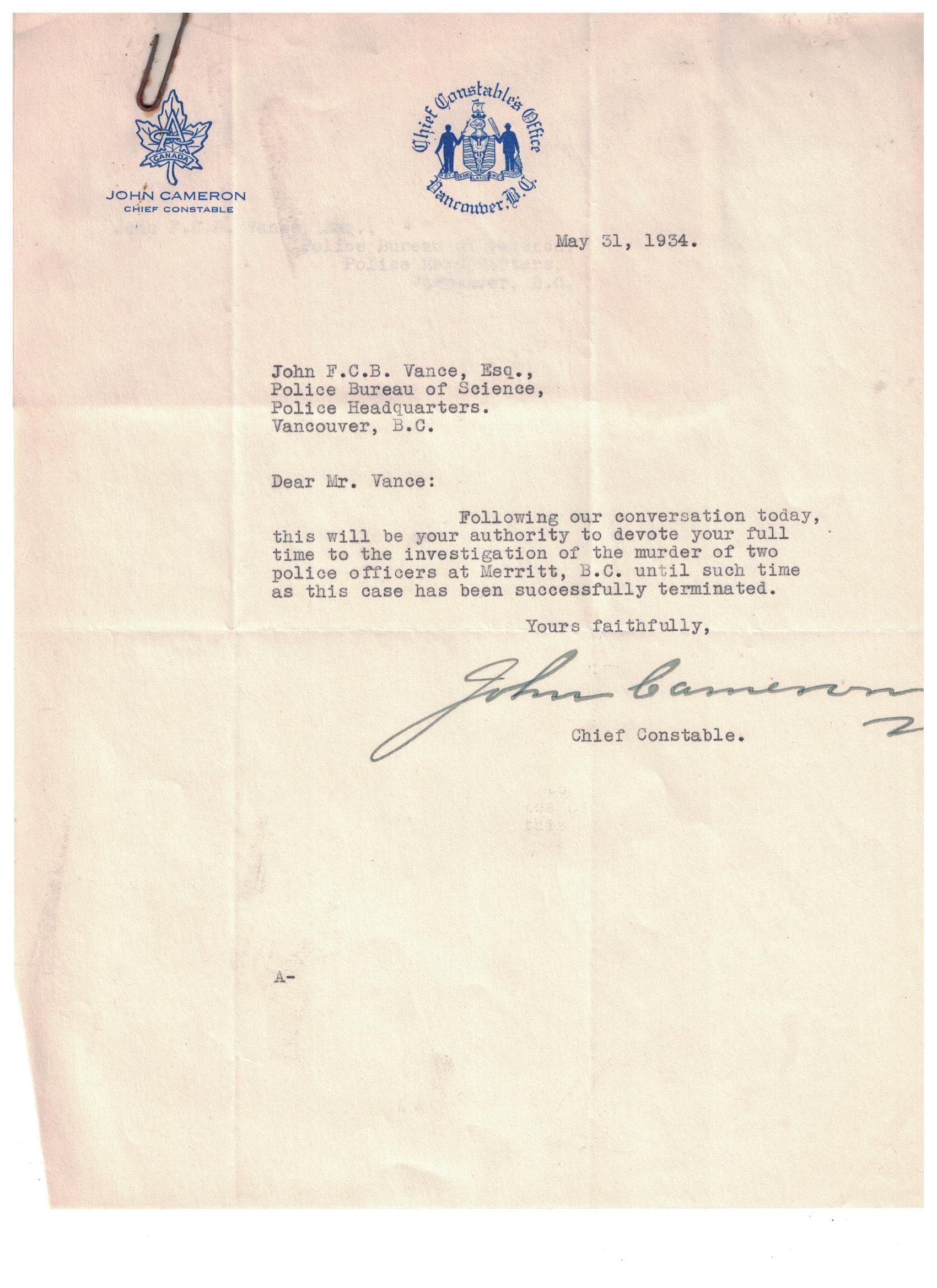
Henderson and Castillou mounted a defense based on self-defence, and even though they lost the trial, Vance’s evidence that Gisbourne’s gun had jammed when he tried to fire it for the second time, resulted in a second trial.
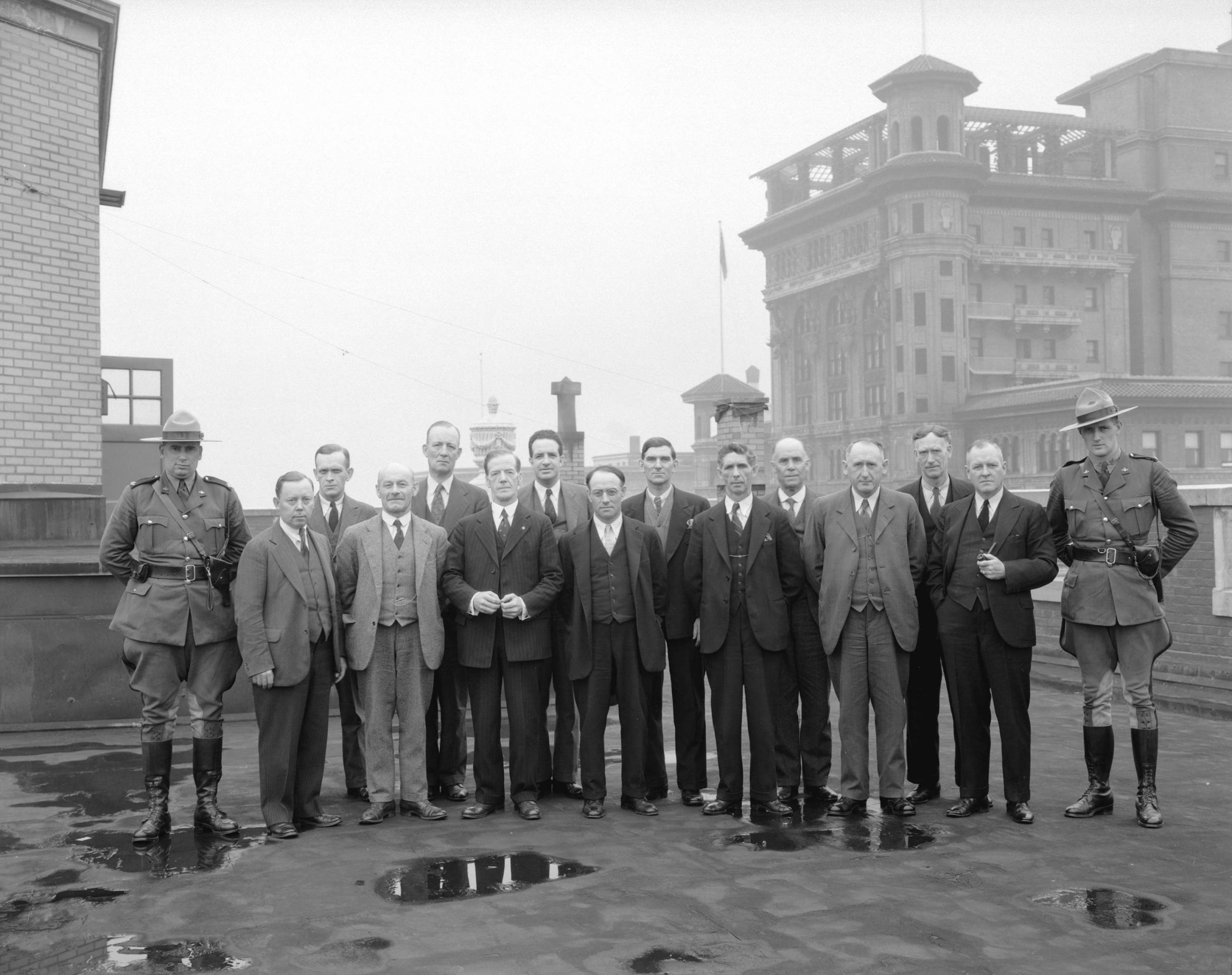
The jury took two hours to return a verdict of guilty for all three brothers, and despite a recommendation for mercy, Richardson and Eneas George went to the gallows on November 6, 1936. Alex George was sentenced to life in prison. Joseph lived the rest of his life at the Coldwater Indian Reserve and died at age 91 in 1987.
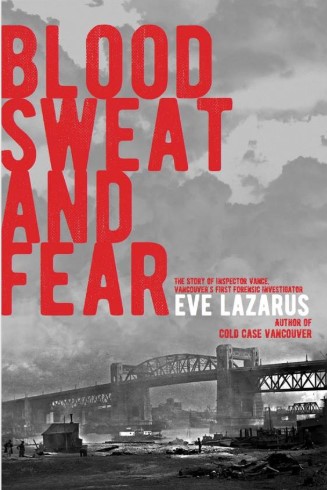
© All rights reserved. Unless otherwise indicated, all blog content copyright Eve Lazarus.




2 comments on “Murders at the Canford Indian Reserve”
What an amazing story! I think justice was served, although the death penalty remains controversial to this day.
Hmm not sure how I feel about this. Did Mrs Eneas George die? If not seems a little over zealous that the police would go to the lengths they did over a domestic dispute.